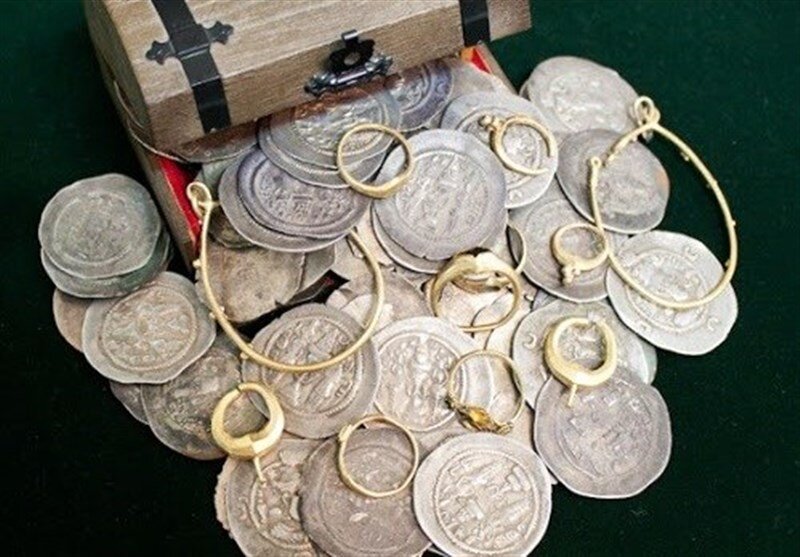Collector donates Sassanid silver coins to national museum

TEHRAN – An Iranian collector has donated over 50 silver coins dating back to the Sassanid era (224 CE–651) to the Astan Quds Razavi Museum, a vast cultural heritage exhibition located in the holy shrine complex of Imam Reza (AS) in Mashhad, northeast Iran.
“The silver coins, donated by Hossein Mahmoudian, date back to the Sassanid era and bear depictions of kings Peroz, Kavad I, Khosrow I, Hormizd IV, amongst others,” a curator of the museum said.
“Hossein Mahmoudian, the benefactor, has previously donated the museum several precious works including a handwritten copy of the holy Quran, and rare manuscripts,” the curator added.
In many ways, Iran under the Sassanian rule witnessed tremendous achievements of Persian civilization. Experts say that the art and architecture of the nation experienced a general renaissance during Sassanid rule.
In that era, crafts such as metalwork and gem-engraving grew highly sophisticated, as scholarship was encouraged by the state; many works from both the East and West were translated into Pahlavi, the official language of the Sassanians.
Of all the material remains of the era, only coins constitute a continuous chronological sequence throughout the whole period of the dynasty. Such Sassanian coins have the name of the king for whom they were struck inscribed in Pahlavi, which permits scholars to date them quite closely.
The legendary wealth of the Sassanian court is fully confirmed by the existence of more than one hundred examples of bowls or plates of precious metal known at present. One of the finest examples is the silver plate with partial gilding in the Metropolitan Museum of Art in New York. The dynasty was destroyed by Arab invaders during a span from 637 to 651.
AFM/MG
